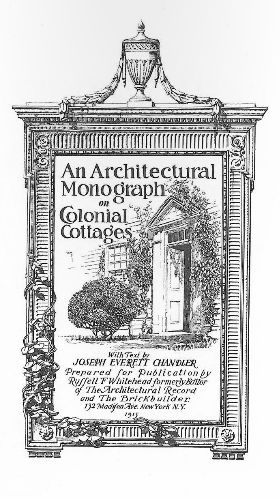The strength and size of Eastern White Pine is so renowned, it may have been a bigger factor in the start of the Revolutionary War than tea and taxes. Light, strong, easy to work with and resistant to rot, Eastern White Pine grew in great abundance all over what would become the Northeast United States, and was in great demand for shipbuilding. With trunks measuring nearly two hundred feet in length, these pines were ideal as the masts of large vessels. Colonists used them for their own ships, and sent them across the sea to other nations. But Great Britain began to claim the largest, strongest trees for their own, sparking discord in an already troubled relationship between the world’s most powerful nation and its independence-craving colony.
With most of its own forests cut down for firewood in the 17th century, Britain was forced to look elsewhere for timber, and the closest sources, in the Baltic region, required competition with other nations like Spain and France. King George I assumed ownership of the tallest Eastern White Pines in the forests of New England, appointing a legion of surveyors to mark their choices with a symbol of three hatchet slashes known as The King’s Broad Arrow. This indicated that they were for use by the British Royal Navy only. They were shipped back to Britain on special barge-like vessels that could carry up to 50 pine trunks at a time.
Already rankled over the issue of taxation on tea, many colonists whose livelihoods depended on Eastern White Pines disregarded the mark and harvested the trees anyway. When six mills in New Hampshire were searched for trees bearing The King’s Broad Arrow, the owners were charged with disobeying the King’s law, and many townspeople rioted in protest. Clashes between the local settlers and the British authorities in these incidents and many others throughout New England became known as ‘The Pine Tree Riot.’
Some historians believe that this conflict was a key in bringing about the American Revolution and the first real acts of rebellion against British rule. The Eastern White Pine was such a potent symbol for colonists that it became the emblem emblazoned upon the first colonial flag.
Though extensive logging in the 18th and 19th centuries took down a great number of majestic Eastern White Pines, this species is still sustainably managed in mixed hardwood forests for building applications to this day. Favored for its ease of finishing, smooth surface, light weight and durability, Eastern White Pine is in demand for interior and exterior applications including siding, cabinets and flooring.
Image source: Wikimedia Commons



